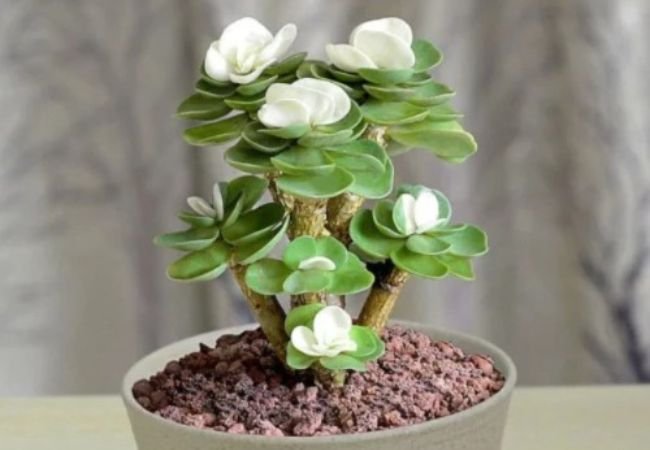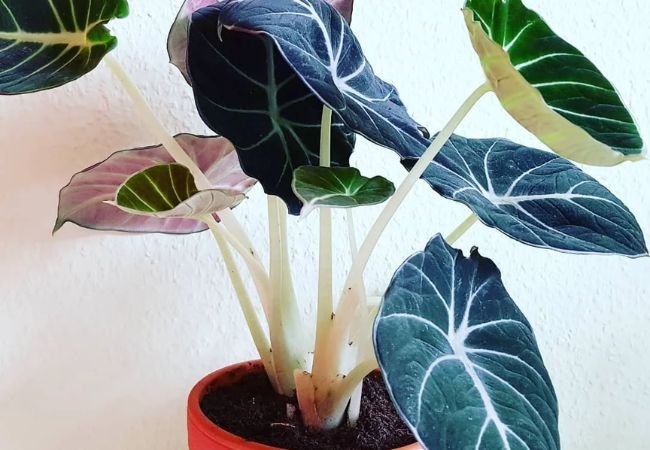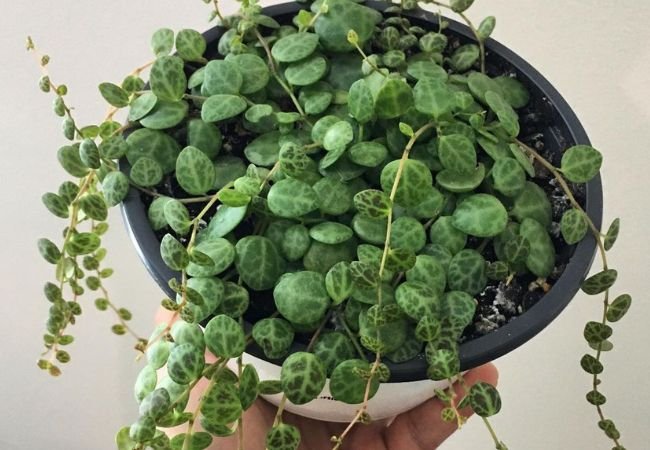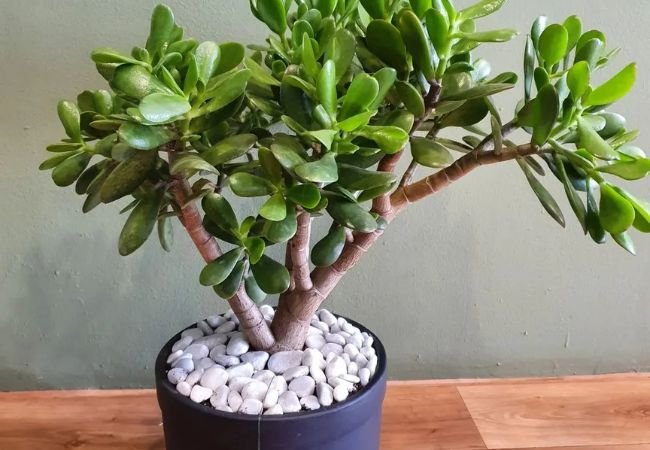Top 10 Shade-Tolerant Plants for Slopes : A Comprehensive Guide (2024)
The best shade-tolerant plants for slopes include hostas, ferns, bigroot geraniums, liriope and pachysandra. These plants thrive in low-light conditions, have robust root systems that help prevent erosion and require minimal maintenance once established. Proper soil preparation and mulching are key to successful growth on slopes.
As a landscape architect with over 20 years of experience in designing for challenging terrains, I’m excited to share my knowledge about shade-tolerant plants that excel on slopes. These plants not only beautify difficult areas but also play a crucial role in preventing soil erosion.
Understanding Shade-Tolerant Slope Plants
Shade-tolerant slope plants are species that can thrive in areas with limited sunlight and on inclined surfaces.
They typically have:
- Adaptive root systems that anchor well in sloped soil
- Leaves that can efficiently capture light in shaded conditions
- Drought tolerance, as slopes often have faster water runoff
For more information on plant adaptations to shade, visit the University of Vermont Extension’s guide on shade gardening.
Top 10 Shade-Tolerant Plants for Slopes
1. Hostas (Hosta spp.)
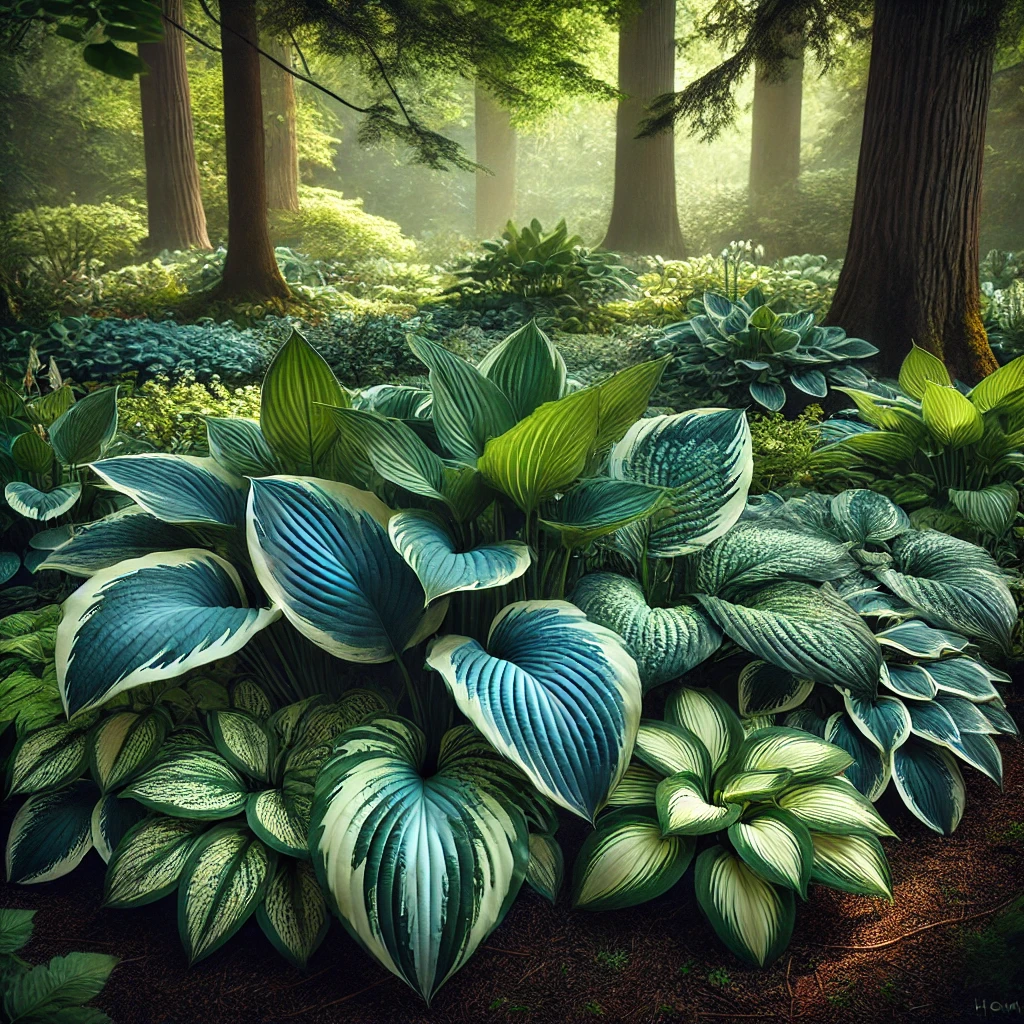
- Large, attractive foliage
- Various sizes and colors available
- Low maintenance
2. Ferns (Various species)
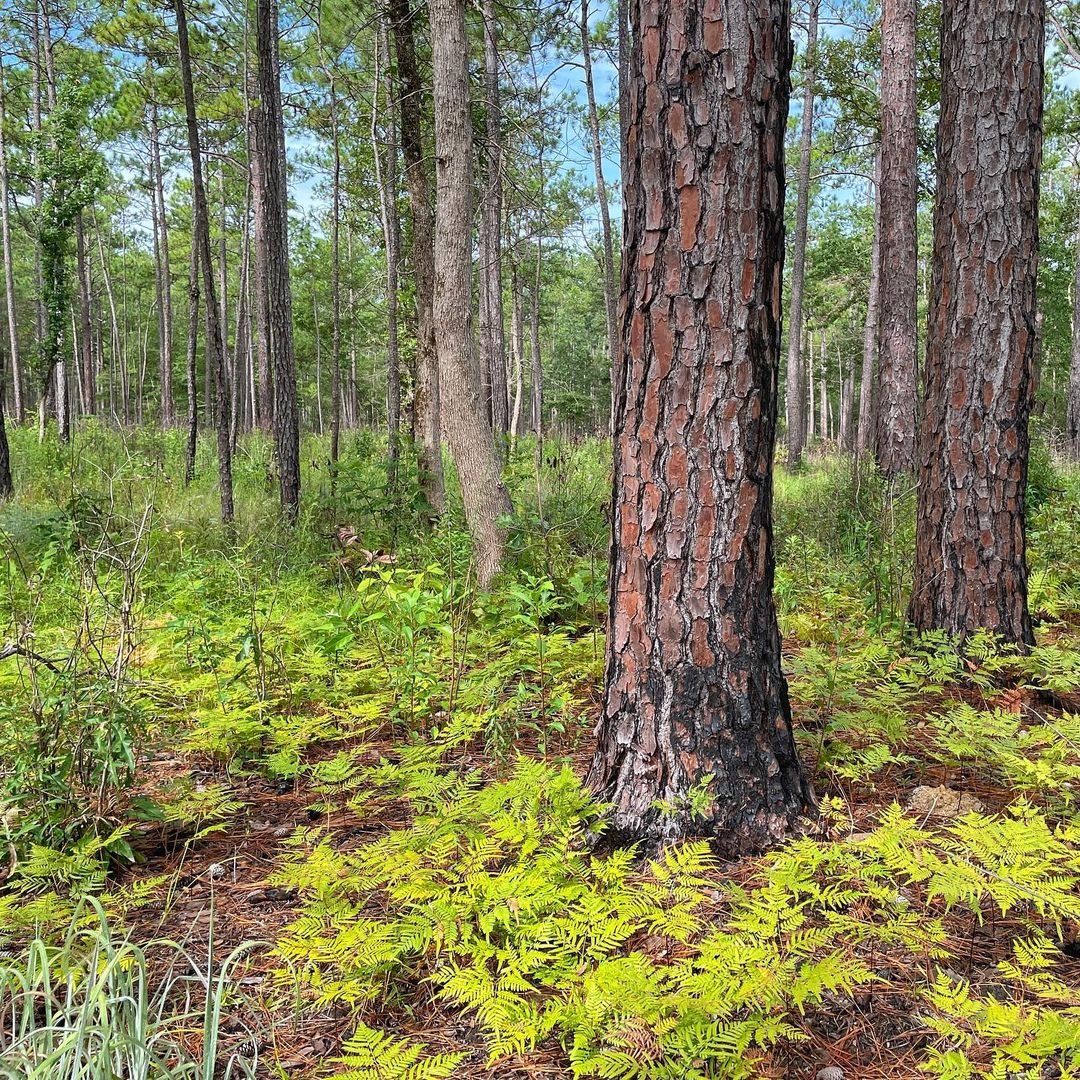
- Lush, delicate fronds
- Excellent for moist, shaded slopes
- Examples: Christmas Fern, Japanese Painted Fern
3. Bigroot Geranium (Geranium macrorrhizum)

- Fragrant foliage
- Spreads to form a dense ground cover
- Attractive pink flowers
4. Liriope (Liriope muscari)
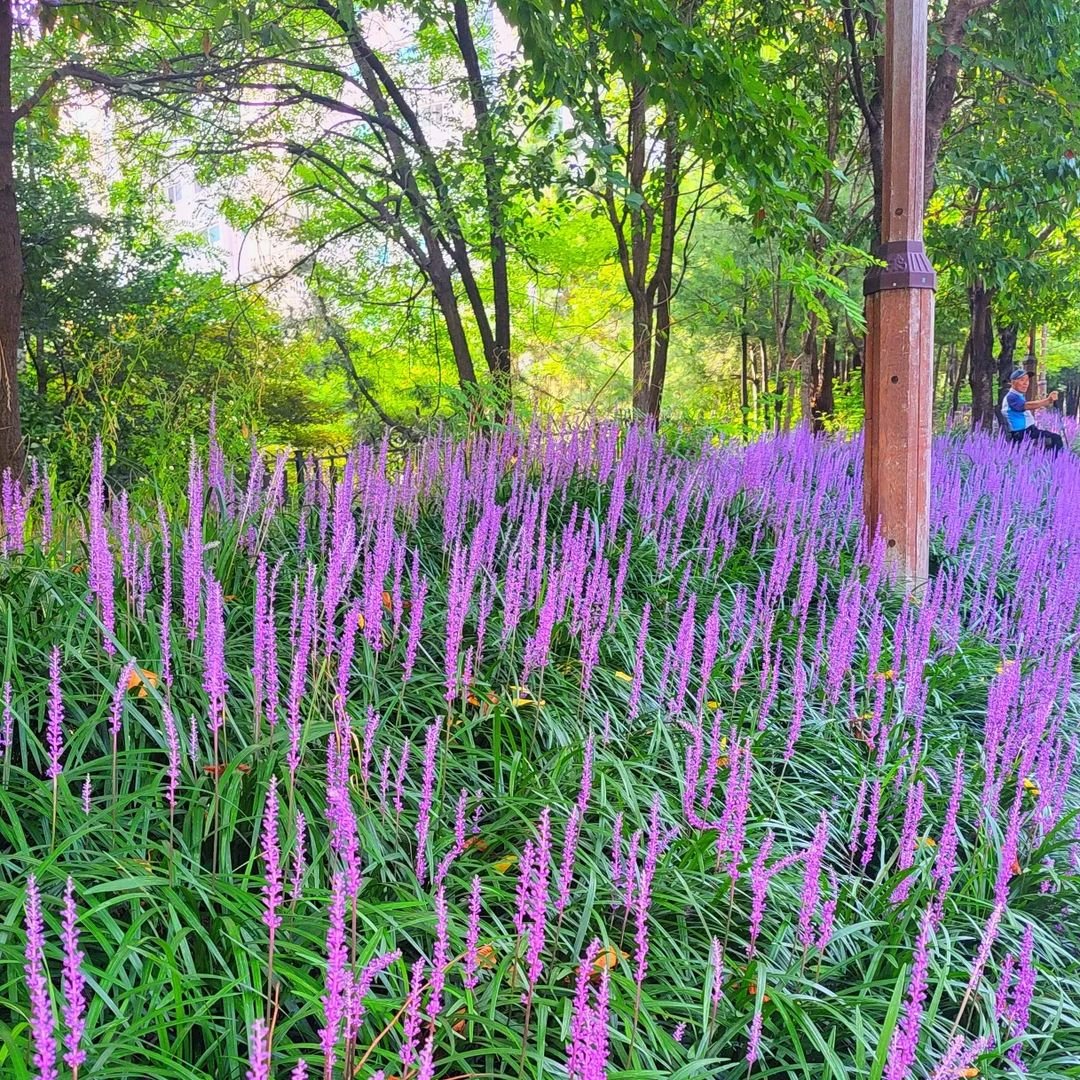
- Grass-like foliage
- Tolerates deep shade
- Purple or white flower spikes
5. Pachysandra (Pachysandra terminalis)
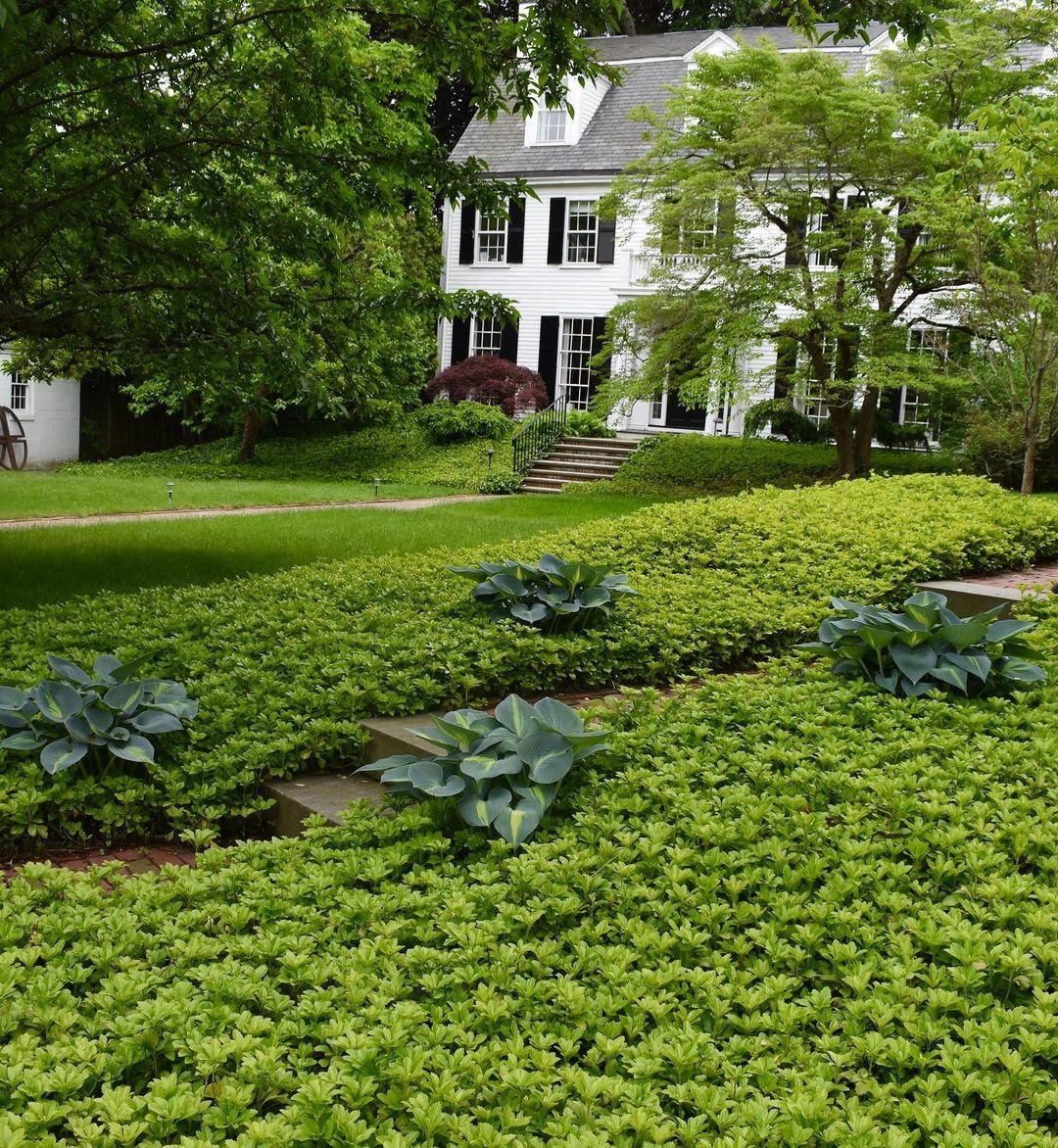
- Evergreen ground cover
- Forms a dense mat
- Small white flowers in spring
6. Ajuga (Ajuga reptans)
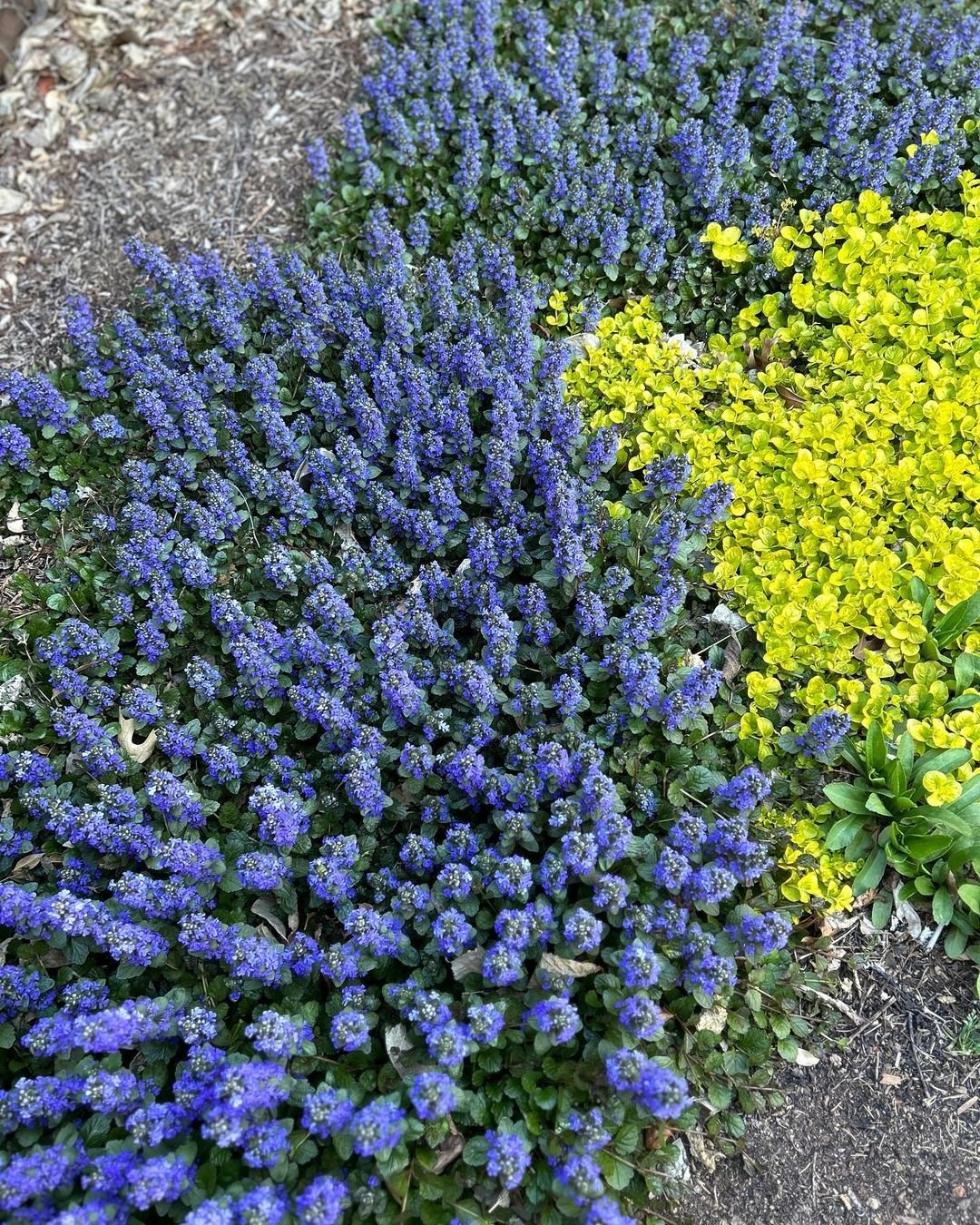
- Low-growing, spreading habit
- Colorful foliage options
- Blue flower spikes in spring
7. Heuchera (Heuchera spp.)
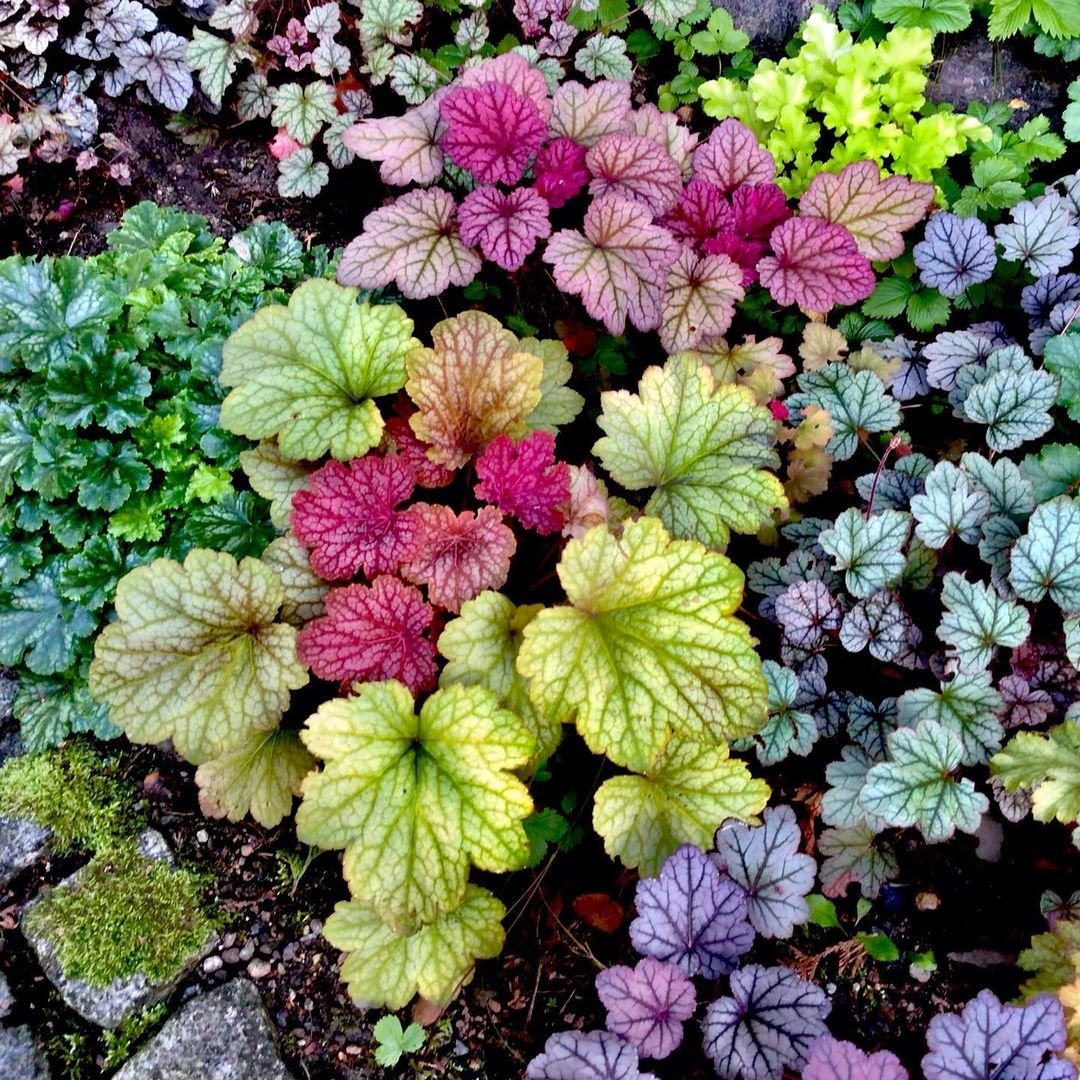
- Colorful foliage ranging from purple to lime green
- Small flowers on tall stems
- Drought-tolerant once established
8. Japanese Forest Grass (Hakonechloa macra)
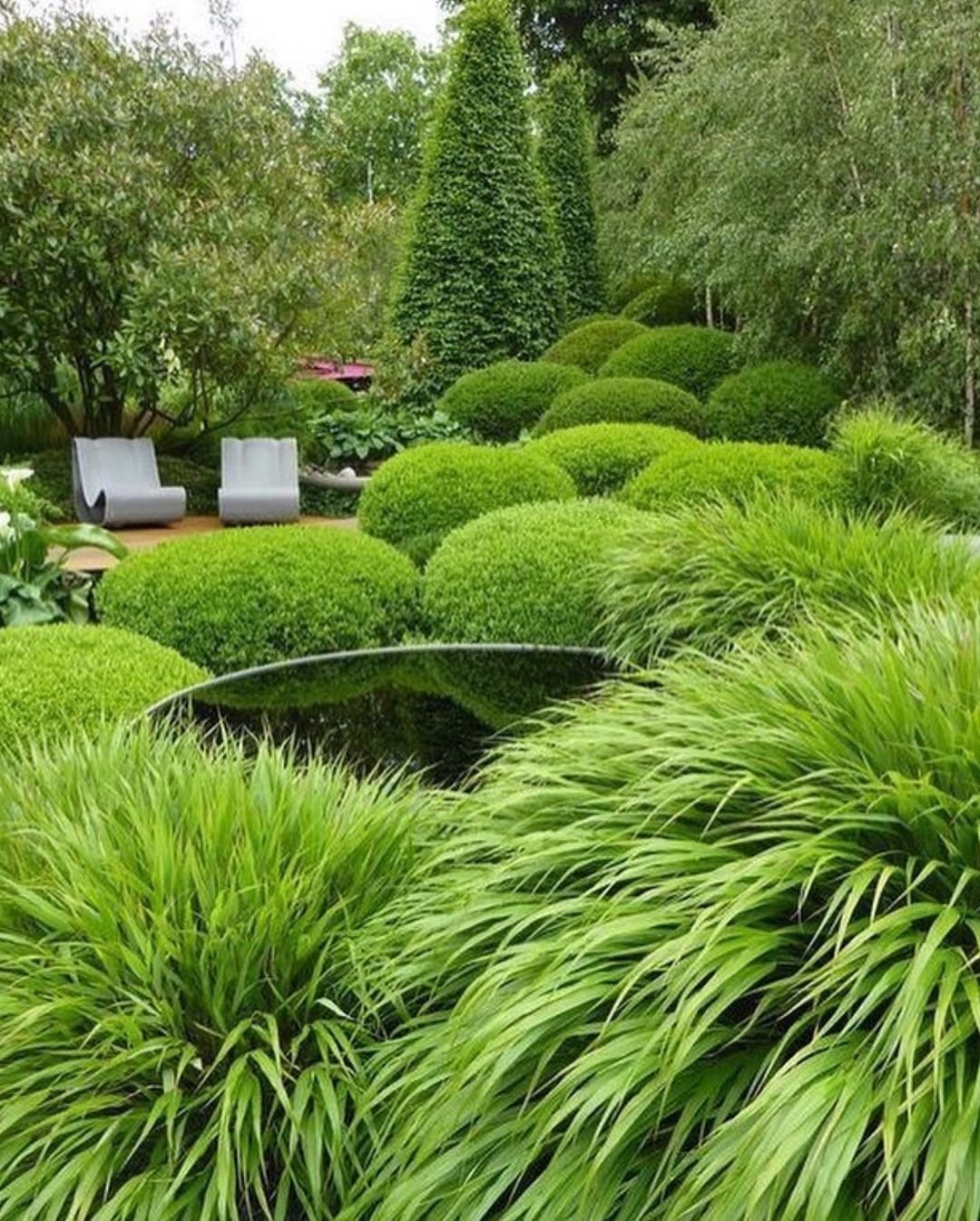
- Graceful, arching foliage
- Golden varieties brighten shaded areas
- Slow-spreading habit
9. Hellebores (Helleborus spp.)
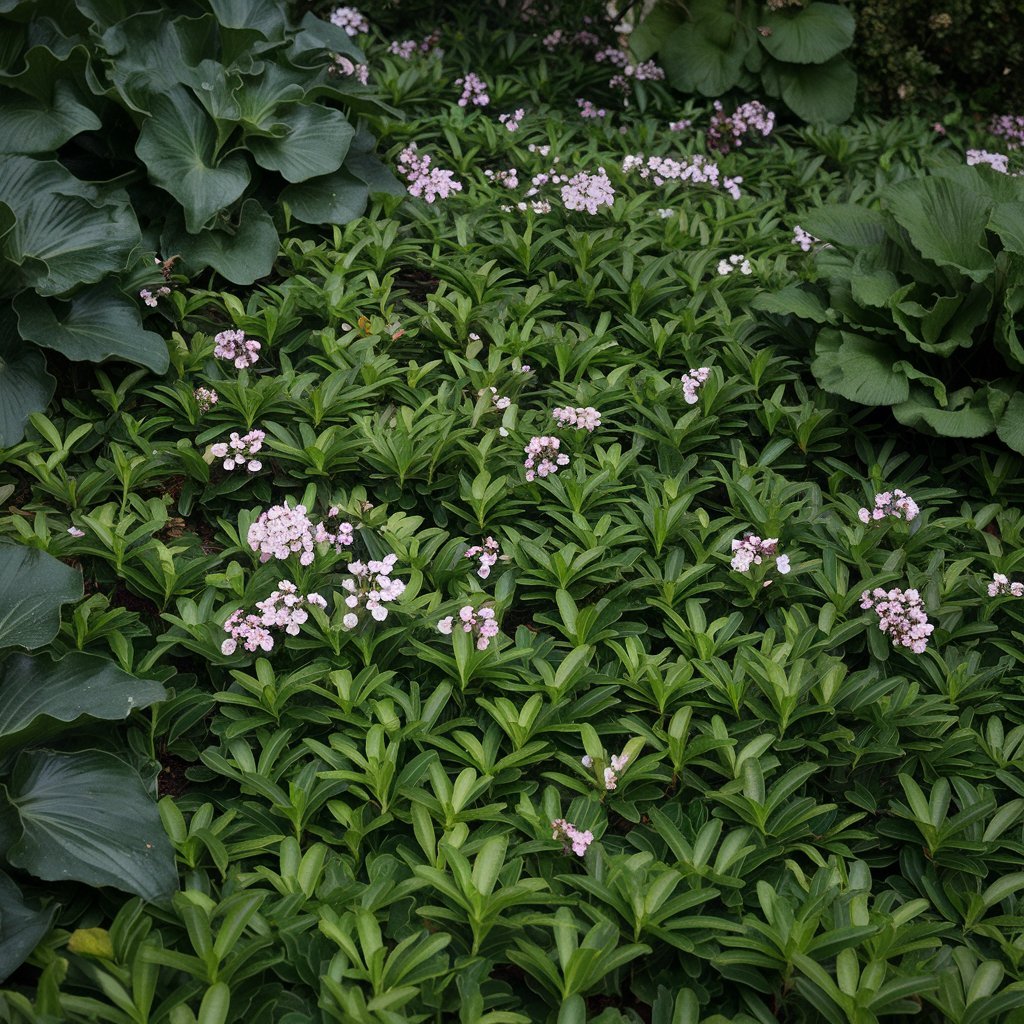
- Early-blooming perennials
- Evergreen foliage
- Tolerates dry shade
10. Wild Ginger (Asarum canadense)
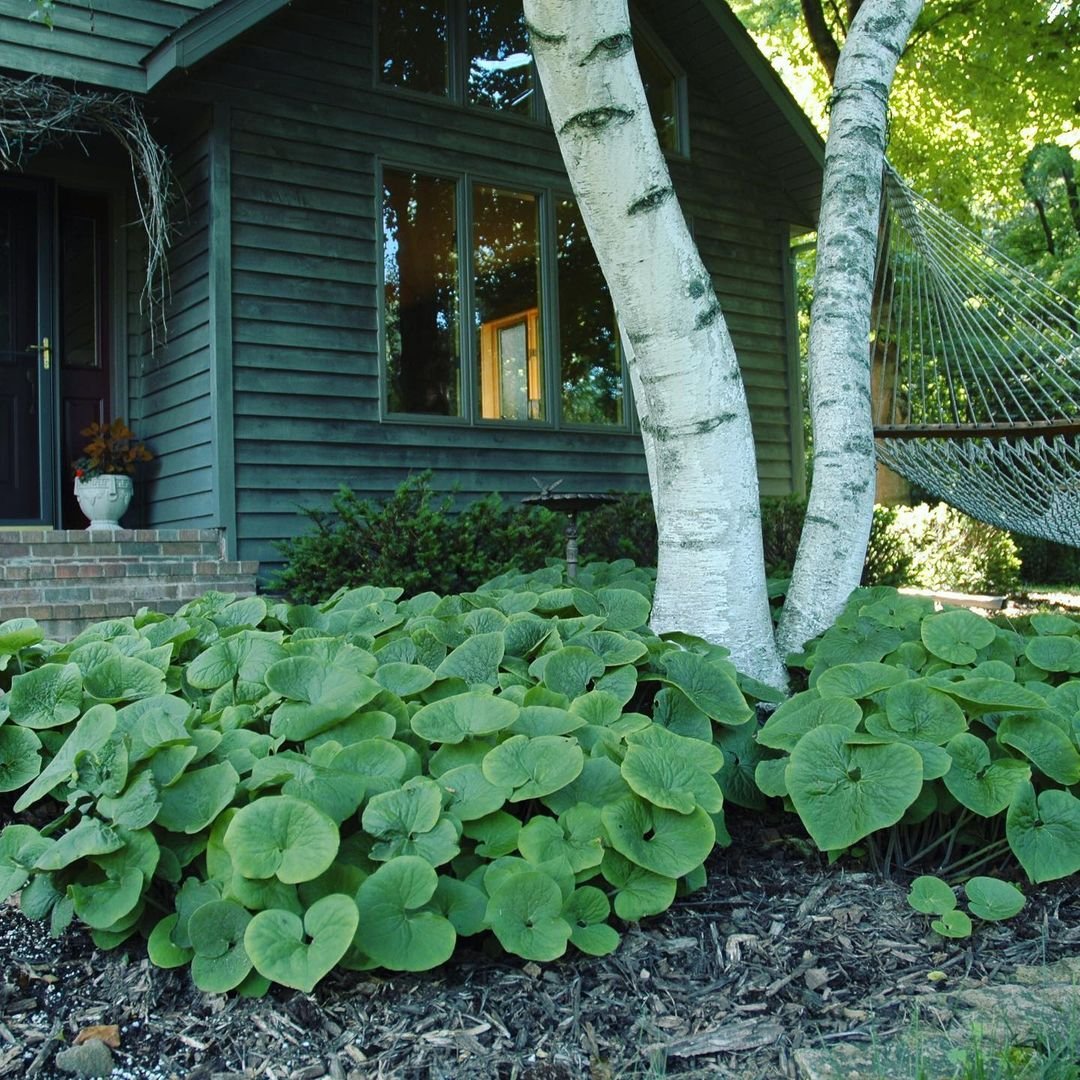
- Heart-shaped leaves
- Native to North American woodlands
- Spreads slowly to form a ground cover
For detailed information on these and other shade plants, visit the Missouri Botanical Garden’s Plant Finder.
Planting and Care Tips

Soil Preparation
- Test soil pH and amend if necessary
- Incorporate organic matter to improve drainage and fertility
- Create planting pockets on steep slopes to prevent erosion during establishment
For more on soil preparation for slopes, check out Penn State Extension’s guide.
Planting Techniques
- Plant in staggered rows for better erosion control
- Use erosion control netting or jute mesh for very steep slopes
- Water thoroughly after planting to settle soil around roots
Maintenance
- Mulch heavily to retain moisture and suppress weeds
- Water deeply but infrequently to encourage deep root growth
- Prune or divide plants as needed to maintain desired coverage
Erosion Control Strategies
- Combine plants with different root structures (shallow and deep)
- Incorporate hardscaping elements like retaining walls for very steep slopes
- Consider using terraces or berms to create level planting areas
For more information on erosion control, visit the USDA Natural Resources Conservation Service website.
Selecting the right shade-tolerant plants for slopes can transform challenging areas into beautiful, low-maintenance landscapes. By choosing appropriate species and following proper planting and care techniques, you can create a lush, erosion-resistant environment that thrives in shaded, sloped conditions. Remember to consider your specific climate and soil conditions when making plant selections, and don’t hesitate to consult with local gardening experts for personalized advice.
For more comprehensive information on landscaping slopes, check out the Royal Horticultural Society’s guide to gardening on a slope.

